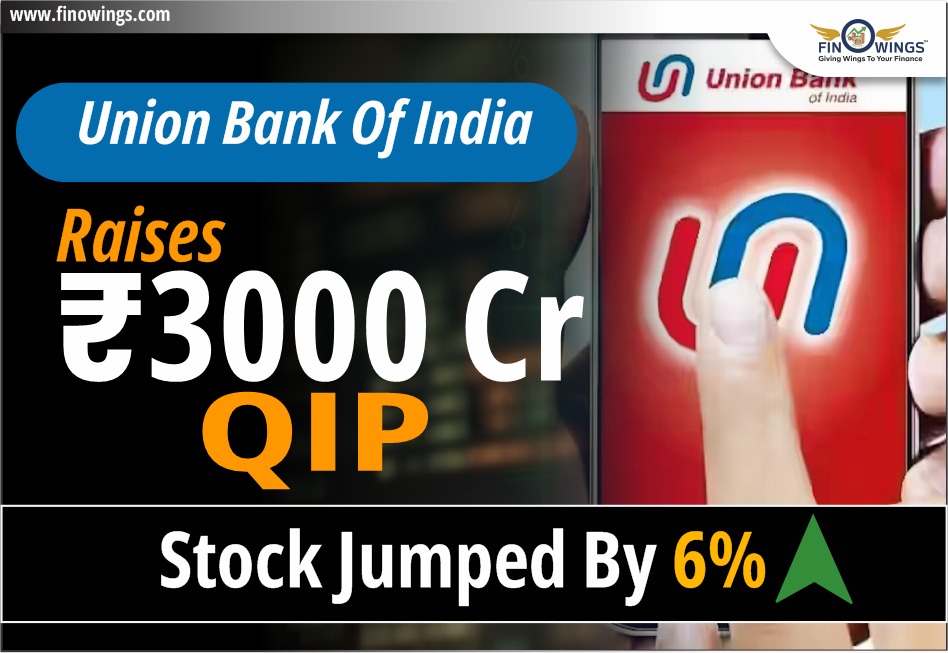Home >> Blog >> Union Bank of India Raises Rs.3000 Cr QIP: Stock jumped by 6%
Union Bank of India Raises Rs.3000 Cr QIP: Stock jumped by 6%

Table of Contents
Introduction
In a recent announcement on February 20th, a prominent Public Sector Undertaking (PSU) bank, Union Bank, revealed its plans to raise a whopping Rs.3000 crores through Qualified Institutional Placement (QIP). The market responded positively, witnessing a remarkable 6% surge in stock prices the very next day. But what exactly is QIP, and why do companies opt for it? Let's delve into the details and uncover the motivations behind Union Bank's strategic move.
Understanding QIP
QIP stands for Qualified Institutional Placement. In simpler terms, it's a method through which companies raise funds by inviting investments exclusively from Qualified Institutional Buyers (QIBs), who are entities listed on SEBI. These are sophisticated investors, and the QIP process is relatively faster than traditional methods like Initial Public Offerings (IPOs) or Rights Issues. While retail investors usually stay out of QIPs due to the substantial amounts involved, it offers a quick and efficient way for companies to bolster their capital.
Reasons for Choosing QIP
The primary reason companies opt for QIP is the ease of execution. Unlike IPOs or Rights Issues that involve a prolonged process of documentation and approvals, QIP allows companies to swiftly raise funds from pre-approved institutional investors. This efficiency becomes crucial when timely capital infusion is needed.
Union Bank's QIP Move
Union Bank had previously raised Rs.5000 crores through QIP in August 2023 at an issue price of Rs.86.55 per share. Now, the bank aims to raise an additional Rs.3000 crores through the same route. The specific issue price for this recent QIP hasn't been disclosed yet, but it is expected to be within a 5% discount of the market price.
Analysing Union Bank's Decision
The rationale behind Union Bank's substantial fund raise becomes clear when we look at its Capital Adequacy Ratio (CAR). CAR is a critical metric indicating a bank's ability to absorb losses. In the September quarter, Union Bank's CAR stood at 16.69%, but by December, it dropped to 15.03%. A lower CAR implies higher risk, prompting the bank to take proactive measures and opt for QIP to strengthen its financial position.
Examining Union Bank's Potential
On a fundamental basis, Union Bank appears undervalued with a PE ratio of 8.19x compared to the industry's 9.86x. The Price to Earnings Growth (PEG) ratio is at an attractive 0.28. Positive trends in the profit and loss statements, along with a rising Earnings Per Share (EPS), suggest a potential turnaround.
Conclusion
In conclusion, Union Bank's decision to raise funds through QIP is a strategic move aimed at stabilising its business and ensuring sustained growth. The bank's focus on maintaining a robust Capital Adequacy Ratio aligns with its commitment to risk management. As the PSU sector continues to show promise, Union Bank's performance in the coming months will be closely watched. This blog serves as an insightful overview, but remember, it's not financial advice. Stay informed and share this knowledge to understand the dynamics behind such corporate actions. Thank you for reading.


















